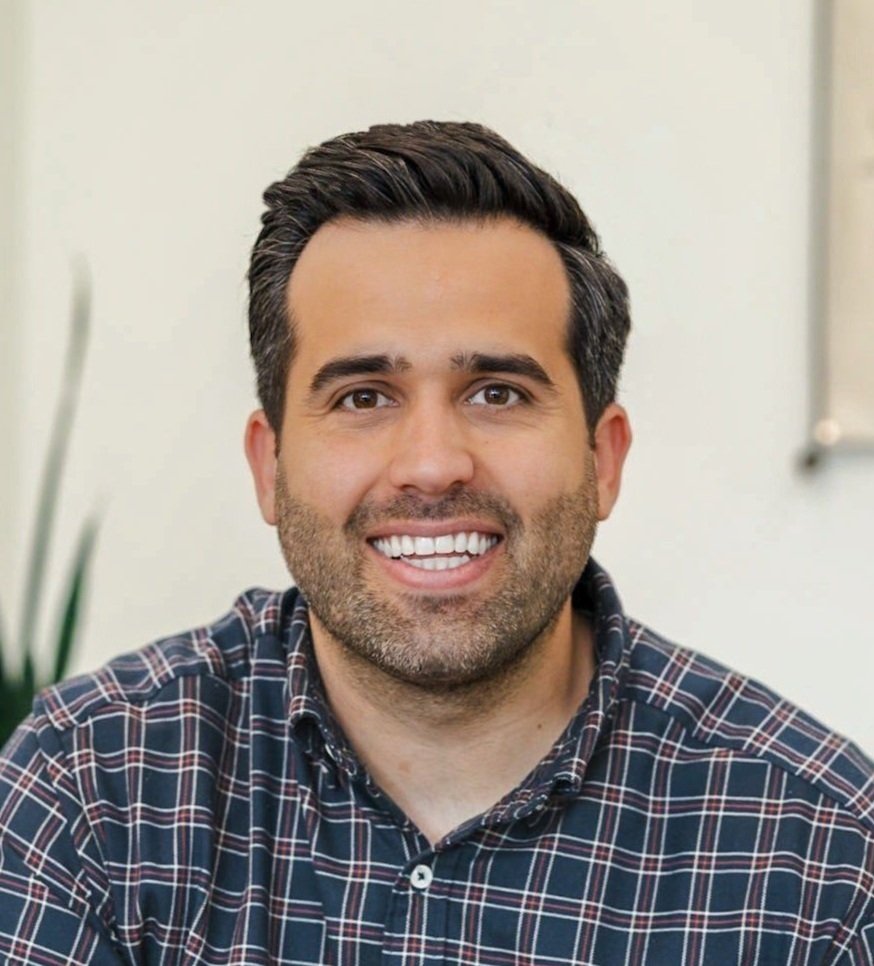Optimizing Portfolios
Maximizing Returns while Minimizing Investment Risk
Portfolio construction is a term used in finance to describe the process of creating an investment portfolio. Blackrock defines it as “the process of understanding how different asset classes, funds, and weightings impact each other, their performance, and risk, and how decisions ladder up to an investor’s objectives.”
Every investment professional and firm approaches portfolio-architecture differently, and it is often a process not shared in detail with clients. Also, it is not uncommon for investment firms not to have a defined process around portfolio construction. An investor may question the need for an academic approach to portfolio construction as defined above, especially when returns tend to dominate the investment conversation. Evaluation of expected investment returns is very important, but we should not attribute any less importance to the relationship between risk and return. Am I taking on more risk than necessary to achieve a specific level of investment returns? Can I achieve the same level of return by taking less risk? These are questions that every investor should consider and that are answered during the portfolio construction process.
Measuring risk in a portfolio is a starting point. One way to measure risk is by identifying asset and portfolio volatility. Volatility tells us how much an asset’s price fluctuates around its average (mean) price. When you buy an asset, it is important to know how wild the roller coaster ride will be until you reach your destination. Volatility is not only uncomfortable but also detrimental to the long-term compounding effect. To illustrate this concept, we graphed annualized total return and volatility for a range of portfolio allocations over the last 5 years.
This graph shows us that the adage “the higher the return, the higher the risk” is not always true. As demonstrated above, the All Stock portfolio over the last 5 years had an annualized return of 9.84% with an 18.59% volatility (the higher the volatility, the riskier the portfolio), while the 80%Stock/20%Bond portfolio delivered a higher return of 12.27% with lower risk at 15.58%. This is why the Nobel Prize laureate Harry Markowitz reportedly stated that: “Diversification is the only free lunch” in investing — which is a good segue to another aspect of portfolio construction: Diversification.
Diversification has become a buzzword typically explained with another old saying: “Don’t put all your eggs in one basket.” Although this is a start, proper diversification requires a more in-depth approach. At Athos, we say that having multiple baskets is not enough. All baskets are still subject to the same risk of being dropped, and in such an event, all eggs are still equally subject to breaking. Proper diversification would entail adding other uncorrelated items to the basket that are not subject to the same risk of being dropped and cracking as an egg would. Perhaps adding bread to the basket would add appropriate diversification as bread would be resistant to a fall.
These are some of the processes and analyses performed by our team during the portfolio construction process. We view this as an essential component of portfolio management to minimize risk while maximizing returns. A proper Portfolio Construction process is crucial when considering the long-term success of an investment plan.
For more information contact us at info@athoswealth.comFilipe Delvaux

